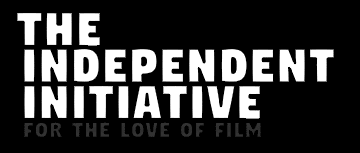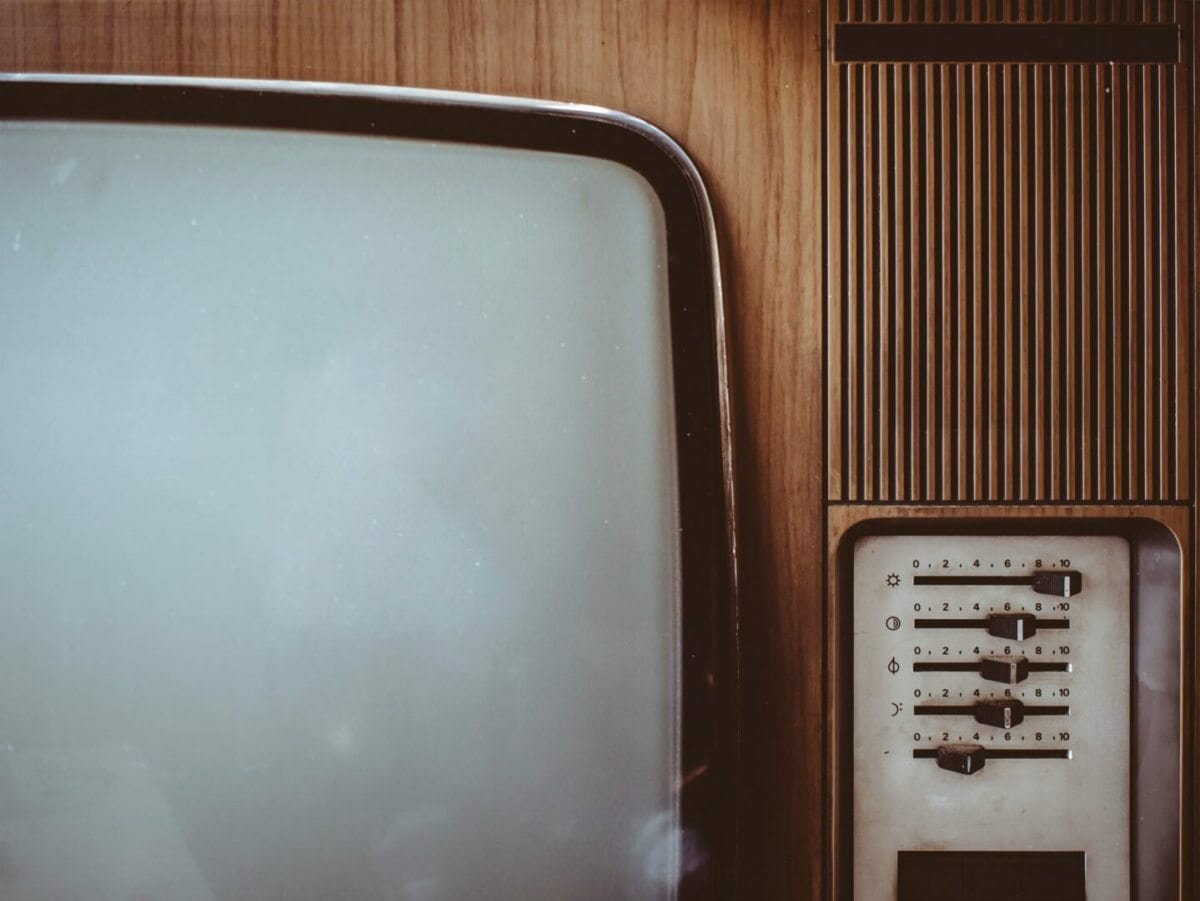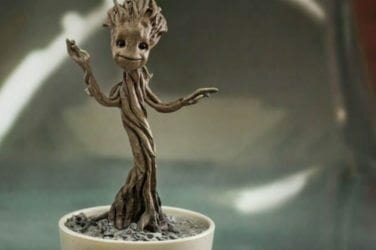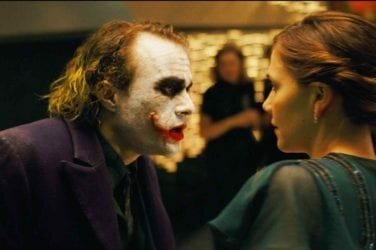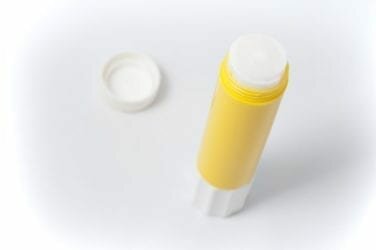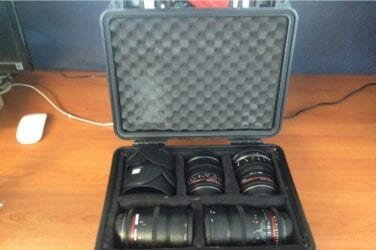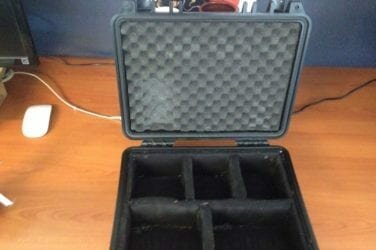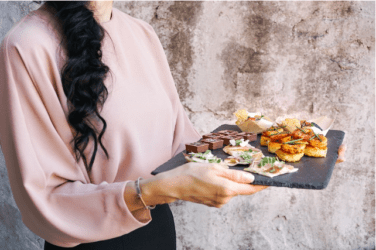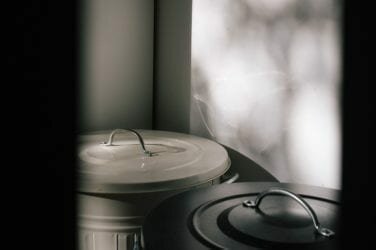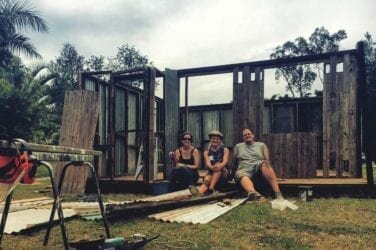By Josias Jensen
A couple snuggles in front of the screen while watching a movie…
A woman is glued to the TV screen as she hears horrifying news…
A child watches his favourite TV show in wonder…
A man binges on Netflix…
If you want to feature any of these or a similar scene in your film this article is for you. Throughout this article, I will show you how you can create a lighting setup that emulates the light a television casts, in a room and on its audience.
But why not just use an actual TV or a monitor? The main reason is that most TV’s do not emit a very strong light. If you were to compare most other light sources in a room, lamps, ceiling lights etc. to that of a TV, it would be fairly weak or barely visible.
If you were to film with the light from an actual TV, you would have to use fast lenses with the aperture wide open and the ISO high. The lighting setup I will show you, is a much stronger source of light and much easier to work with and to adjust.
Another reason is practicality. Moving a TV around to adjust for lighting can be a hassle, the lighting setup I will show you is very easy to move.
All you will need for this set up is; a cardboard box, tape (gaff or masking), a knife to cut cardboard, baking paper, a light fixture with a cord, light bulb with cool daylight temperature (around 5600 Kelvin if it has a number on it) and possibly a dining plate.
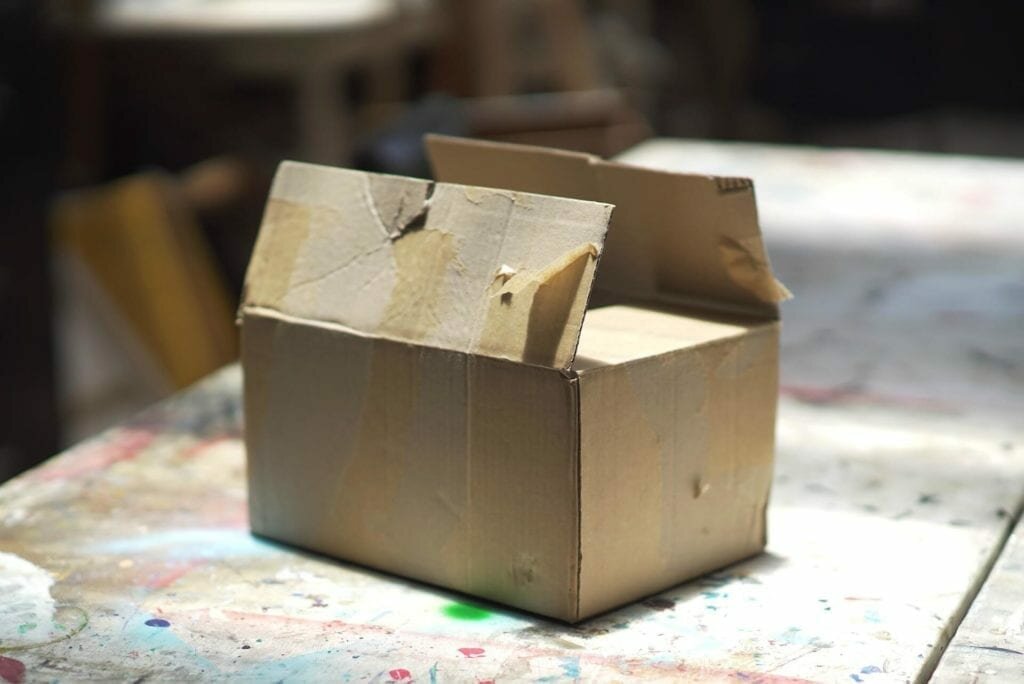
The box.
For most setups a small cardboard box will do the trick. The only reason you would need a big cardboard box is if the TV you want to emulate is abnormally big.
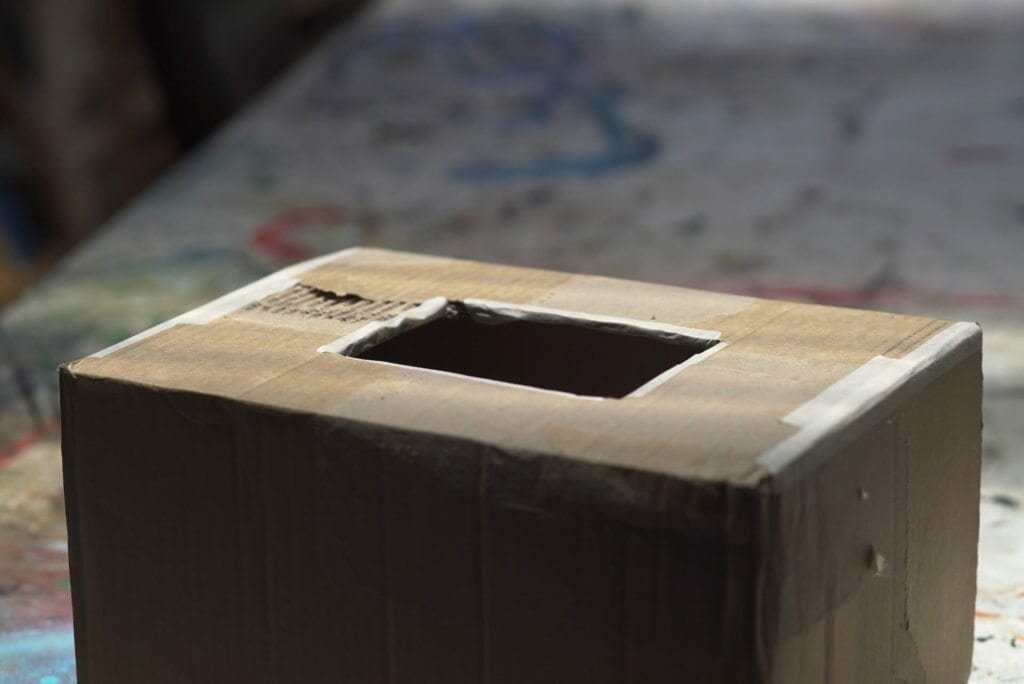
The next step will be to cut a small rectangular hole in the bottom of the box. However, before you do so, think about the kind of TV you are trying to emulate. If you want to emulate a small old school tube television with the classic 4:3 format (the format used for television in the past which is close to a cube shape) then cut a small hole with a shape that is similar to this format.
If you want to emulate a modern flat screen with a 16:9 format (standard widescreen format), cut a slightly bigger hole with a similar shape to the format of 16:9. It doesn’t have to be exact, but cut the hole to be about the same size as a smart phone.
It is better to cut the hole slightly smaller at first as you can always cut more later. Often you will find that there are multiple layers of cardboard at the bottom. I added a bit of tape to the edges, to hold the two layers of cardboard together.
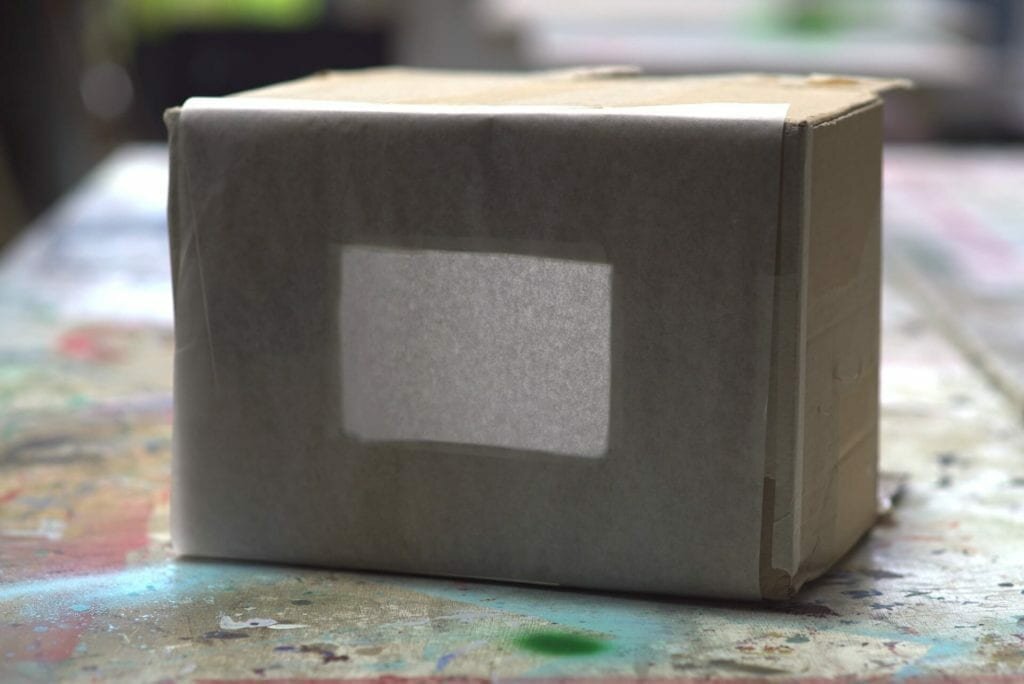
Baking paper and light bulbs.
Now cut a small piece of baking paper to cover the hole and tape it to the box. This piece of baking paper will act as a form of diffusion. You can easily use other forms of diffusion, I chose to use baking paper since it is an inexpensive option.
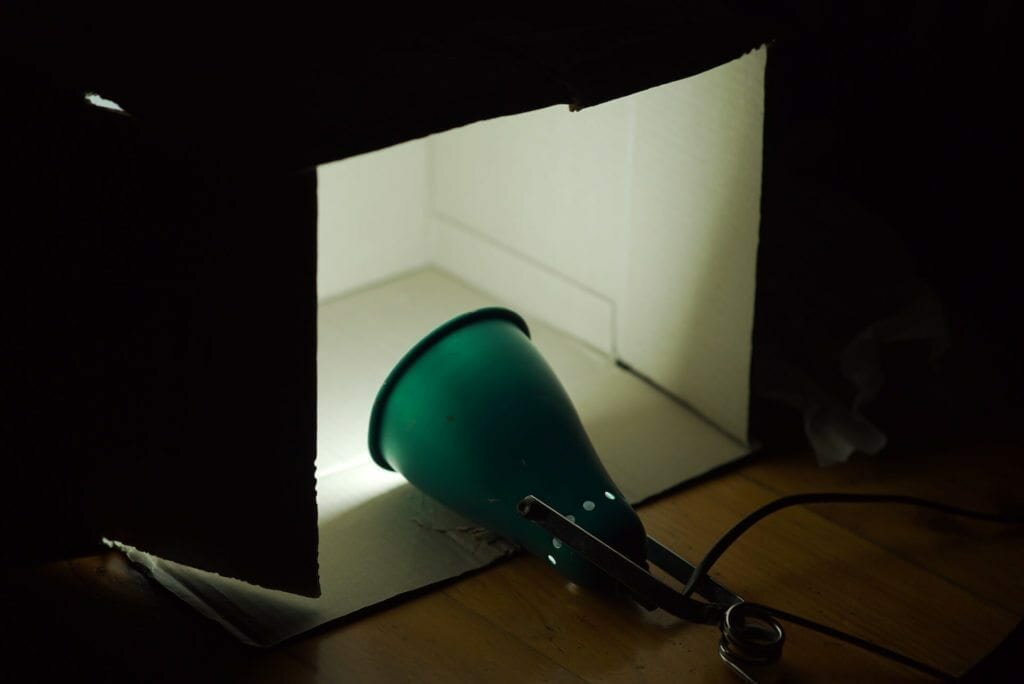
Now put the lightbulb in a fixture and place it in the box facing the hole you’ve made. The fixture I used shields the bulb from the cardboard. If the fixture you have doesn’t have that feature, place a material that can withstand heat underneath the bulb. This could be something as simple as a plate. This way you minimize the risk of the cardboard catching on fire.
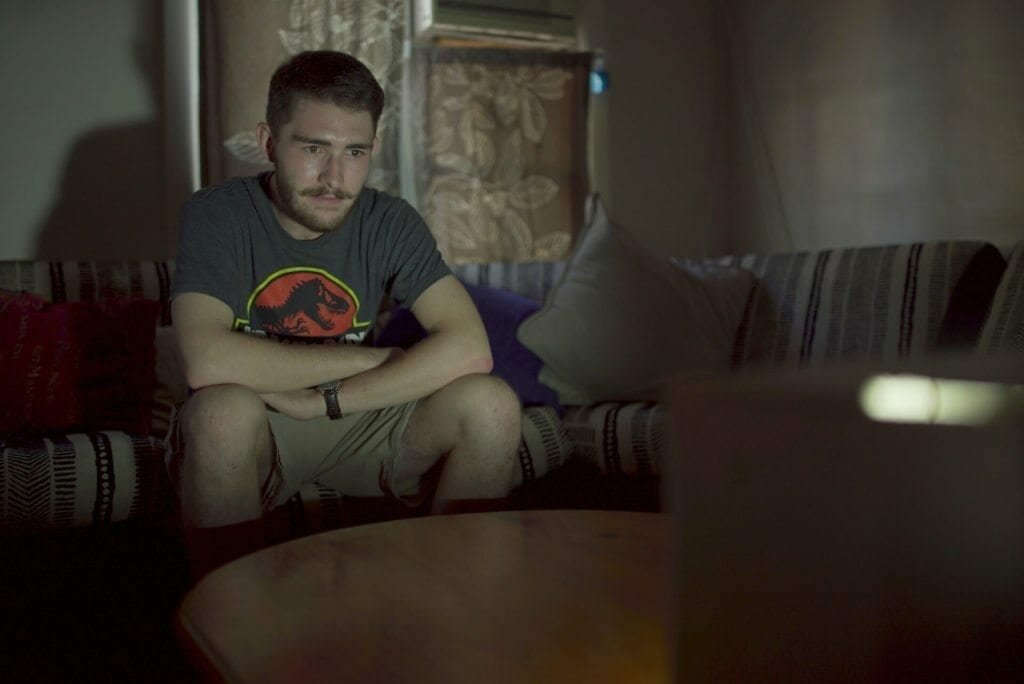
Turn on the light bulb and notice how much light it casts in the room. If it casts its light a bit too wide and high, simply move the light further back in the box and it will become narrower. The light a TV casts will rarely fill the whole room but still some of it.
If the light looks too focused and narrow you can either move the light closer to the hole or make the hole bigger. Where you place the box will also affect the light cast upon the room and the viewer.
The main goal is to adjust the light so that it gives enough light that it is visible and it is evident that it is coming from in front of them (notice the shadows behind the people looking at the TV) but not too much light. It shouldn’t look like they are just looking into a lamp.
If it is too bright you can add more diffusion (baking paper).
If you see the light coming out of the other side of the box is visible in the shot you have set up, you can flag it off with more cardboard (just make sure the light can “breathe” or the cardboard could catch on fire).

The illusion of movement.
One of the subtle challenges of creating lighting that emulates that of a TV, is that it is ever changing. Because a TV displays different images in sequence, the light it casts varies in intensity, shape and colour.
To emulate this effect I have found that one of the simplest ways to do this, is to use crumpled pieces of baking paper. Take a piece of baking paper and roll it up. Crumple one of the ends into a cluster like shape. Create a few pieces like this. I found that creating 2, one for each hand, was enough.
To create the desired effect you place these pieces in front of the box, close to the hole, and move them in front of it in a random pattern.
However, this method does not replicate the changes of colour in the light, those changes are more subtle. Because they are subtle, you can get away with not replicating this effect and people will still believe the light looks like it’s coming from a TV.
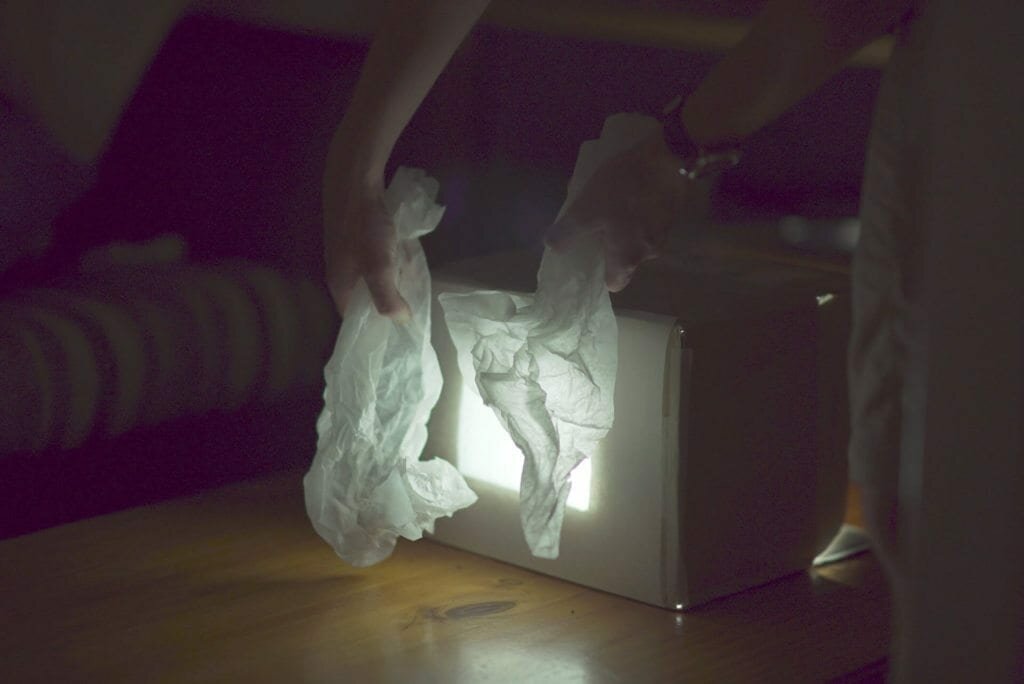
Practice different patterns and speeds to create a realistic look. What worked best for me was gentle randomized movement broken up by sudden movement. The sudden movements are to emulate the effect of the TV showing different shots, and the gentle movement is to emulate the motion within each shot.

